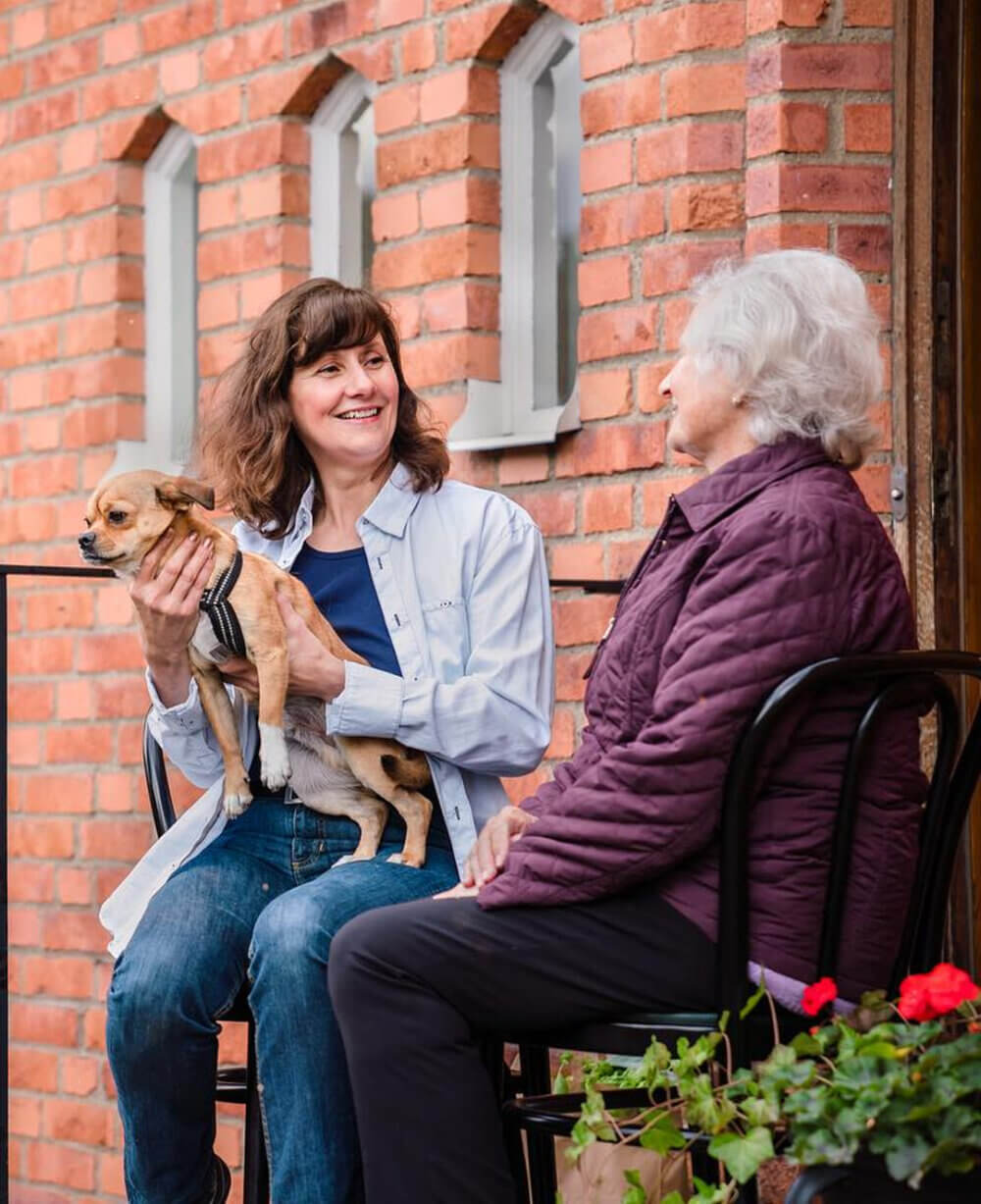Creating a Safe Home Environment
Ensuring a safe home environment is crucial for seniors to maintain their independence and well-being. Here are essential tips to create a safer home environment.

Ensuring a safe home environment is crucial for seniors to maintain their independence and well-being. As we age, our homes should adapt to our changing needs to prevent accidents and promote a comfortable living space. Here are essential tips to create a safer home environment for elderly individuals.
Preventing Falls
Falls are the leading cause of injury among older people, making fall prevention a top priority. Here are some steps to minimise the risk:
Remove Clutter: Keep floors and surfaces clear of obstacles like electrical cords, shoes, and especially sharp objects.
Secure Rugs: Use non-slip mats under rugs on hard floors to prevent slipping.
Install Grab Bars: Grab bars can be places in bathrooms near the toilet and in the shower or bathtub, and on staircases for assisting balance.
Improve Lighting: Make sure all areas, especially stairways and hallways, are well-lit. You can use motion sensor nightlights throughout the house to ensure safety in every room.

Adapting the Kitchen
The kitchen can pose several risks, from burns to slips. To make it safer:
Easy-to-Reach Items: Store frequently used items within easy reach to avoid using step stools.
Label Items: Apply labels to cupboards and items to make them easier to locate and avoid confusion.
Remove Knives and Sharp Objects: Keep sharp objects such as knives in a secure place or remove them from the home entirely if necessary.
Switch to Electric Cookers: Swap gas cookers for electric ones to reduce the risk of gas leaks and fire hazards.
Check Food Safety: Regularly check expiration dates and ensure food is stored properly to avoid spoilage and foodborne illnesses.

Improving Accessibility
Making the home more accessible helps seniors move around more easily and safely:
Wide Doorways: Ensure doorways are wide enough to accommodate walking frames or wheelchairs.
Ramps: Install ramps to replace stairs at entrances, ensuring they are built to appropriate standards with non-slip surfaces.
Stairlifts and Elevators: Consider installing stairlifts or home elevators for multi-story homes to provide easy access between floors.
Furniture Arrangement: Arrange furniture to allow clear and wide pathways, reducing the risk of tripping and making navigation easier for those with mobility aids.

